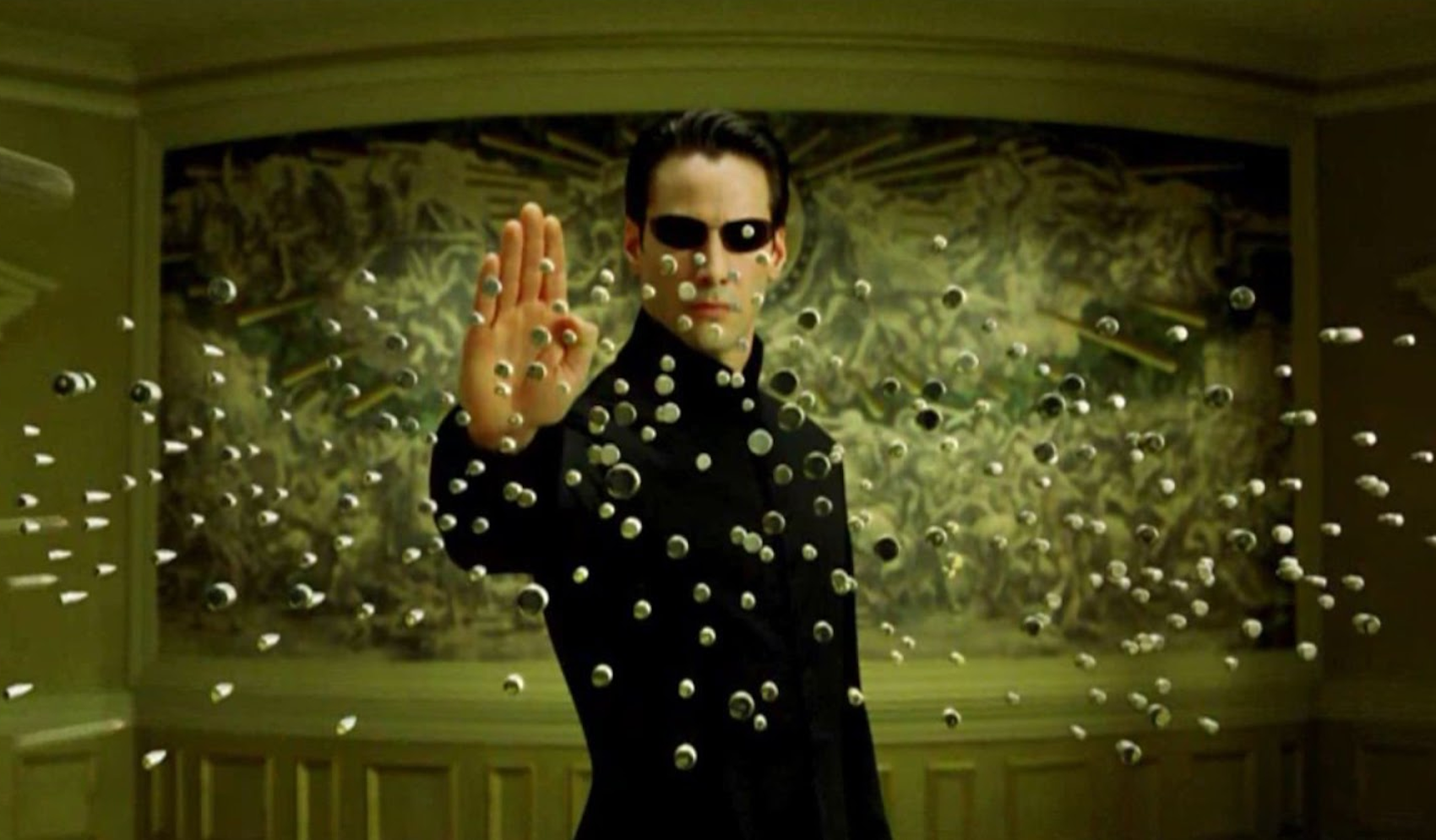When Steven Spielberg’s ‘Jurassic Park’ debuted in 1993, few could have anticipated the seismic impact it would have on the world of cinema. Drawing from Michael Crichton’s thrilling novel, the film not only redefined the blockbuster genre but also set new standards for visual effects, sound design, marketing, and storytelling. The influence of ‘Jurassic Park’ continues to echo through Hollywood even decades after its release, marking an era of both technological innovation and narrative ambition.
Transforming Visual Effects with CGI and Animatronics
Before ‘Jurassic Park’, computer-generated imagery (CGI) was a burgeoning field, used notably in films like ‘Terminator 2: Judgment Day’ and ‘The Abyss’. However, Spielberg’s dinosaur epic elevated the technology into mainstream consciousness. The collaboration between Industrial Light & Magic (ILM), led by Dennis Muren, and the genius animatronics of Stan Winston, resulted in an unprecedented blend of digital and practical effects.
The T-Rex paddock scene remains a masterclass in suspense and technical prowess: animatronic heads and feet are seamlessly intercut with full-body CGI shots, creating lifelike creatures that interacted convincingly with actors and settings. Visual effects supervisor Phil Tippett, originally hired for go-motion animation, became central to the seamless integration of physical models and digital techniques. The phrase “We spared no expense,” echoed by park owner John Hammond, aptly described the film’s dedication to technological excellence.
Upon observing ‘Jurassic Park’, directors and production houses realized the storytelling possibilities of CGI. The film’s revolutionary effects eliminated former constraints, leading to series like ‘The Matrix’, ‘Harry Potter’, ‘The Lord of the Rings’, and the Marvel Cinematic Universe. Viewers’ anticipations evolved; the line dividing reality from fantasy was eternally changed.
Raising the Bar in Sound Design and Musical Scoring
‘Jurassic Park’ established fresh benchmarks in audio engineering, deploying innovative methods to give the dinosaurs a vivid presence. Audio designer Gary Rydstrom developed dinosaur vocalizations using a combination of animal noises—such as elephant sounds for the T-Rex and dolphin calls for Velociraptors—producing unique, unforgettable effects that have become symbols of popular culture.
The soundtrack by John Williams for ‘Jurassic Park’ is a key component of its enduring legacy. The grandiose main melody inspires a sense of amazement and wonder, highlighting both the grandeur and fear associated with genetic revival. Williams’ music not only amplified the emotional intensity but also became one of the most identifiable themes in film, crucial to the movie’s lasting charm.
The Birth of the Modern Blockbuster Marketing Machine
‘Jurassic Park’ rewrote the playbook for film marketing and merchandising. Universal Pictures orchestrated a multimedia blitz unmatched at the time: branded toys, video games, fast-food promotions, novel tie-ins, and behind-the-scenes documentaries built anticipation and extended the film’s lifespan far beyond its theatrical run. This cross-platform synergy set a lucrative precedent for subsequent franchises such as ‘Star Wars: The Phantom Menace’, ‘Spider-Man’, and even ‘Frozen’, making ‘Jurassic Park’ a blueprint for transmedia storytelling and corporate synergy.
Transforming Narrative Techniques and Genre Norms
Although ‘Jurassic Park’ is frequently praised for its technical achievements, its storytelling importance is just as remarkable. The movie blends sci-fi, horror, and adventure with characters that resonate and thought-provoking ethical dilemmas. It delves into themes of scientific accountability, corporate selfishness, and the unpredictability of nature, anchoring the visual display in ethical intricacy.
Spielberg’s leadership guarantees that the human narratives remain prominent despite the awe-inspiring technology. Ellie Sattler’s empathy, Alan Grant’s fatherly evolution, Ian Malcolm’s critical analysis of mathematics, and John Hammond’s arrogance continue to engage audiences across ages. This equilibrium served as a model for combining character-centered drama with grand visuals, impacting later films like ‘Avatar’, ‘Gravity’, and ‘Interstellar’.
Establishing New Industry Standards and Global Impact
El éxito de ‘Jurassic Park’, que superó los $1 mil millones en taquilla mundial hacia 2013 al contar los relanzamientos, mostró que producir filmes épicos, al fusionar narraciones creativas con innovaciones técnicas, podía resultar en un amplio atractivo. El estreno de la película impulsó inversiones en infraestructuras de CGI por todo Hollywood y llevó a la industria a reconsiderar desde la planificación previa a la producción (previsualización) hasta las cadenas de efectos visuales y los flujos de trabajo de postproducción.
It also paved the way for international visual effects collaborations, with studios and artists from across the globe seeking to harness the film’s methodology. The ripple effects were seen in the explosive rise of VFX-driven studios in regions such as London, Wellington, and Vancouver, fundamentally globalizing the industry.
Legacy and Enduring Influence
The lasting impact of ‘Jurassic Park’ goes beyond its follow-ups and spoofs. It encouraged viewers and creators to think ambitiously, to believe in the combination of art and technology, and to aim for narratives that challenge the limits of imagination. It nurtured generations of directors, animators, and enthusiasts motivated by the vision of a Brachiosaurus feeding in cinemas.
As cinema continues to evolve, ‘Jurassic Park’ stands as a touchstone for innovative filmmaking and the ever-expanding intersection between science, art, and commercial entertainment. Its legacy remains embedded in the DNA of contemporary cinema, reminding us that every so often, a film can truly change the rules of the game.




